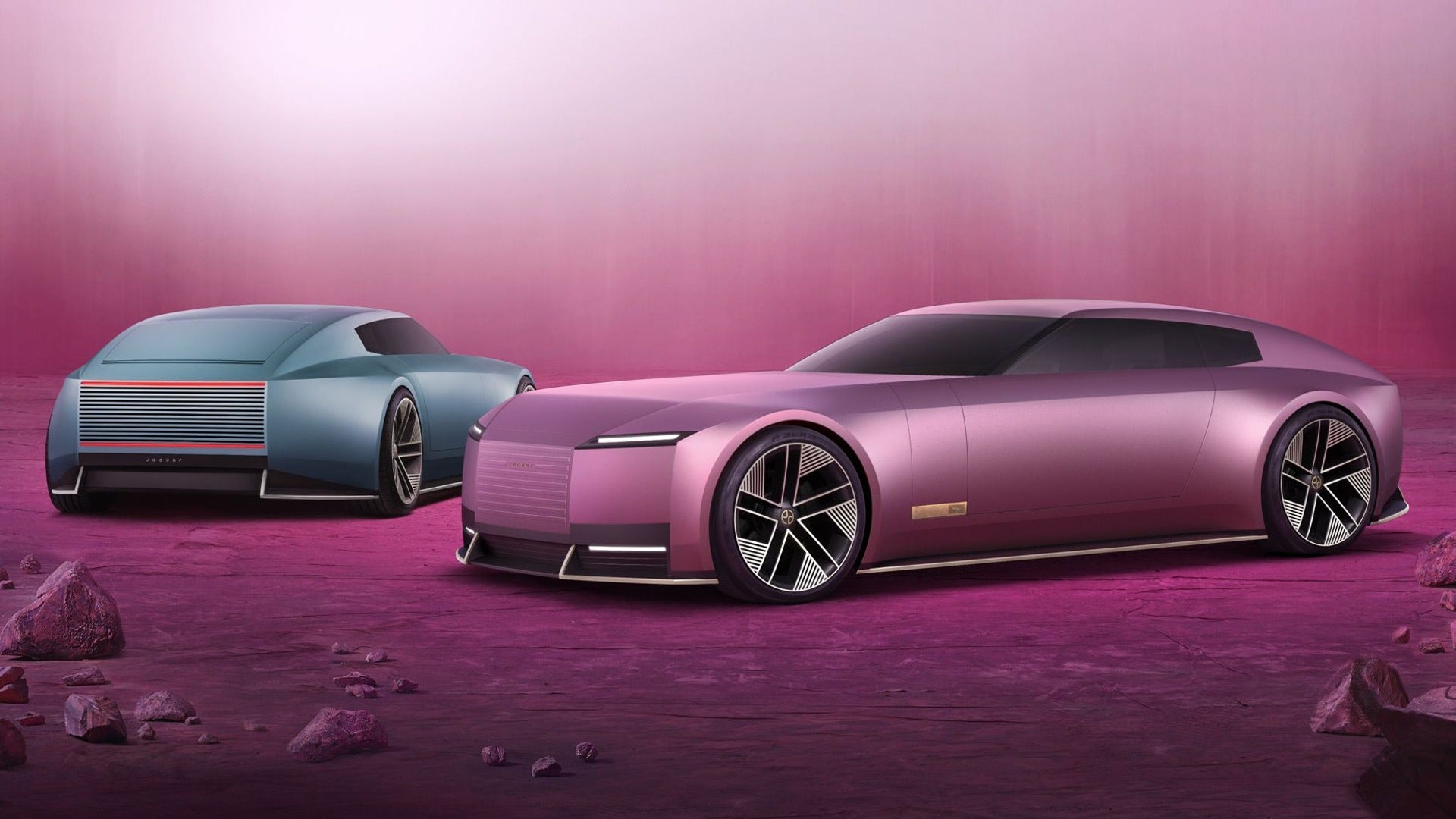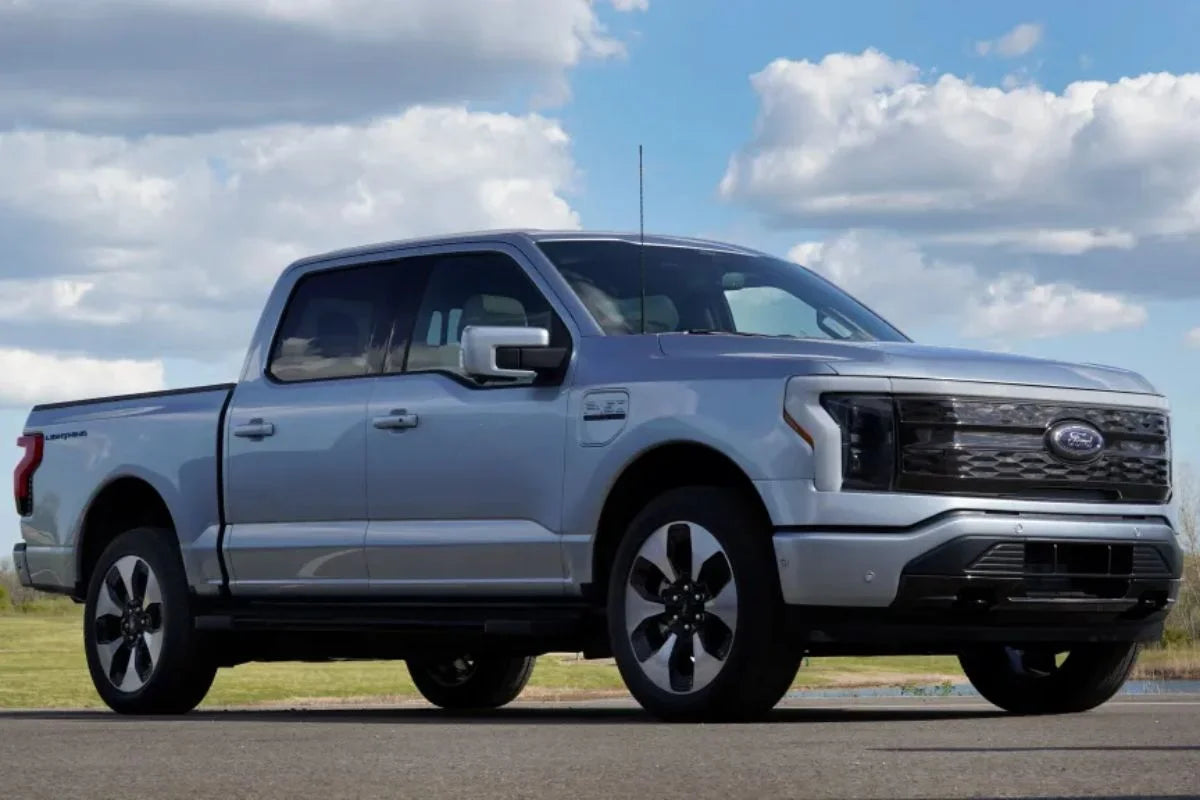LDecember 4, 2024 – Tesla has announced significant price reductions across its Supercharger network, a move aimed at making EV ownership more affordable and accelerating electric vehicle (EV) adoption. The adjustment comes as Tesla’s charging network achieved a record-breaking milestone of delivering 12 GWh of energy in a single day on November 30th.
Supercharging the EV Revolution
Tesla’s Supercharger network is widely regarded as one of the most reliable and efficient DC fast-charging options available, enabling drivers to charge their vehicles from 10% to 80% in as little as 25 minutes. This convenience is especially valuable for long-distance trips, complementing the ease of home charging for daily use.
However, rising Supercharger costs had begun to close the gap between EV charging and traditional gasoline refueling, challenging one of the key economic advantages of EV ownership.
In response, Tesla has rolled out price reductions across North America and Europe. Drivers in locations such as Quebec, Canada, have reported prices dropping from $0.50 per kWh to $0.42 per kWh, while European users have noted reductions of up to €0.10 per kWh at select stations.
Tesla’s Pricing Philosophy
Max de Zegher, Tesla’s new head of charging, confirmed the price cuts on X (formerly Twitter). He outlined Tesla’s goals for its Supercharger pricing:
- Accelerate EV adoption: By keeping prices competitive, Tesla aims to make EV ownership more attractive and accessible.
- Ensure financial sustainability: Revenue from the network will support its expansion, ensuring a dependable and widespread infrastructure for EV drivers.
These price reductions demonstrate Tesla’s commitment to balancing affordability with sustainable growth, even as competition from other charging networks intensifies.
Competition and Changing Landscape
Tesla’s charging network has long been the gold standard in the EV space, but the industry is evolving rapidly. Competitors like EVgo, Electrify America, and others are expanding their presence, often offering competitive pricing and promotions to attract drivers.
As one user commented, “The Tesla network is still the best and most reliable, but competition is growing. Soon, drivers will compare charging prices just like they do at gas stations.”
While Tesla’s price cuts are a welcome move for drivers, they also reflect the company’s recognition of a shifting market dynamic where monopoly-like dominance is no longer guaranteed.
Beyond Supercharging: Home Charging with Solar
Despite the convenience of Superchargers, Tesla continues to advocate for home charging as the most cost-effective solution. For those with solar panel systems, charging an EV at home can cost as little as $0.09 per kWh—substantially less than public charging.
Services like EnergySage make it easier for homeowners and renters to adopt solar solutions, providing access to pre-vetted installers and competitive pricing on products like Tesla’s Powerwall.
Driving Toward the Future
Tesla’s Supercharger network remains a cornerstone of its EV ecosystem, enabling long-distance travel with ease. With over $5 million in daily revenue reported on November 30th, it is clear that demand for fast-charging solutions is at an all-time high.
By reducing Supercharger prices, Tesla reaffirms its commitment to making EV ownership both practical and economical, ensuring that its network continues to be a driving force in the global transition to sustainable transportation.
For more information on Tesla’s Supercharger network and updates, visit Tesla's official website.
Recommend Reading: Superchargers for Sale: Tesla Opens Network to Businesses
Recommended Electric Vehicle Chargers for Tesla and Electric Vehicles with NACS Connectors








Share:
Plugging into Savings: Florida EV Tax Credits & Charging Incentives
Unlocking Arizona's EV Rebates & Charging Incentives